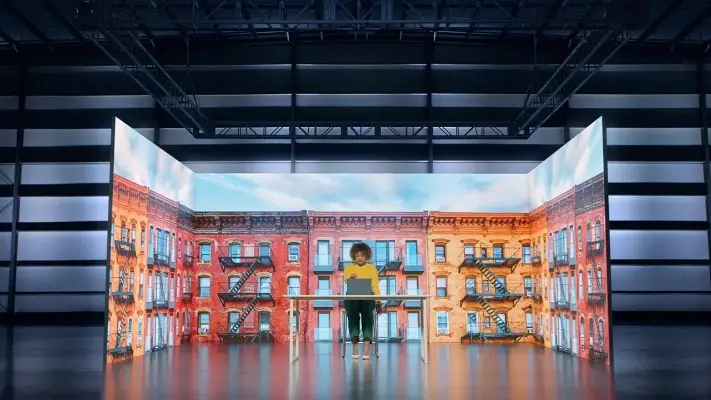Investigating the Key Elements That Influence Hue Consistency in LED Panel Panels for Ideal Display Performance
Investigating the Key Elements That Influence Hue Consistency in LED Panel Panels for Ideal Display Performance
Blog Article
Hue consistency in light-emitting diode wall screens is crucial for achieving optimal optical performance. LED wall screens are commonly used in multiple environments, including concerts, meetings, and promotional showcases. When the colors on these panels are consistent, they create a more engaging and enveloping encounter for viewers. Several key factors affect hue consistency, including the caliber of the LED components, tuning procedures, and surrounding factors.
The caliber of the LED components plays a major role in hue uniformity. Various types of LEDs produce light at varying frequencies, which can influence the total hue result. Premium LEDs are designed to generate a more uniform light spectrum, resulting in better color accuracy. Additionally, the production process of these LEDs can impact their performance. Panels made with superior materials and techniques tend to have fewer hue differences, guaranteeing that the shown pictures and footage look vibrant and true to reality.
Tuning is another crucial element in maintaining hue consistency in light-emitting diode wall screens. Calibration entails adjusting the configurations of the screen to ensure that the colors shown match the intended appearance. This process can include adjusting brightness, differentiation, and color balance. Frequent tuning is necessary, especially in environments where illumination conditions change often. By calibrating the panels, specialists can fix any discrepancies in hue output, leading to a more consistent viewing encounter.
Environmental factors also influence color uniformity in LED wall screens. Elements such as surrounding light, temperature, and moisture can influence how hues are perceived. For instance, intense ambient light navigate to this web-site can dull hues, making them look less vibrant. Similarly, extreme heat can affect the functionality of the LEDs, resulting to color changes. To mitigate these problems, it is essential to place LED wall screens in controlled settings where lighting and heat can be controlled efficiently.
Lastly, the design and layout of the LED wall panels can affect color consistency. The arrangement of the screens, as well as the distance from which they are viewed, can create variations in color perception. When screens are arranged too distant apart or at varied angles, viewers may detect discrepancies in color. To achieve the optimal optical output, it is crucial to take into account the placement and alignment of the panels during installation. By addressing these factors, operators can guarantee that their light-emitting diode wall screens provide a uniform and high-quality visual experience.